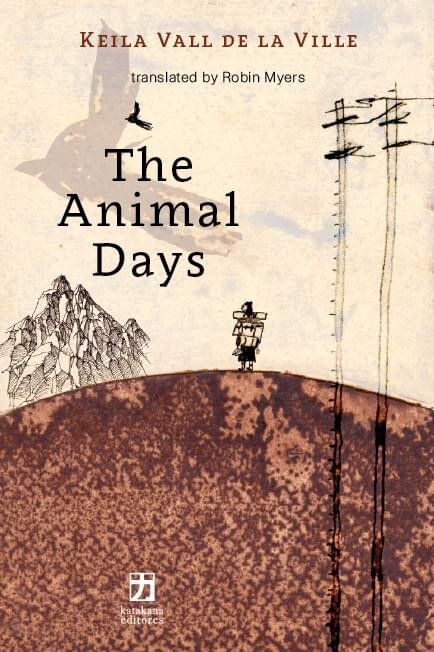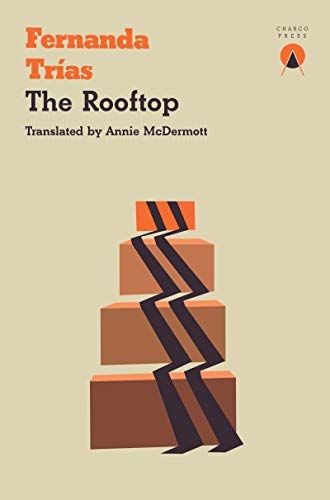In the past, most writers living outside their countries of origin hoping to publish work in Spanish had to establish and build collaborations with projects across borders and cultures. In theory, this practice may not seem that much different from what all writers have to do. However, virtual meetings, readings, and online submissions were not as popular before 2020. To build literary connections in Spanish-speaking countries, writers would have to travel, investing time and money. Additionally, other hurdles include issues with distribution and promotion. Suppose a book is published in a different country, away from the author’s circle of support. In that case, the book may only be available to an audience who is still unfamiliar with the author. Worse, the author’s friends and literary circle who want to buy the book may have difficulty getting a copy shipped to them from far away — unless the author has the rare fortune of working with a press with international connections. Imaginar países: Entrevistas a escritoras latinoamericanas en Estados Unidos is a collection of interviews with Latin American writers edited by Dainerys Machado Vento and Melanie Márquez Adams. In it, writer Franky Piña, says, “So we said: if they don’t publish us, if there isn’t a platform for us, let’s create it. I think it is a characteristic of the immigrant: if you don’t have something, you invent it. You create an alternative” (translation). Naida Saavedra was the first one to use the hashtag #NewLatinoBoom, on her Twitter account. Her article, followed by the book #NewLatinoBoom: Cartografía de la narrativa en español de EE UU, shares observations about this literary phenomenon in the United States. One of the main differences she notes about the New Latino Boom is that this one is in Spanish. She points to the importance of acknowledging how this movement will affect not only the U.S. but also Latin America. A brilliant quote from the article “New Paradigms in the Latin American Narrative” by Jorge Fornet reads, “It is clear that at this point we cannot erase, under penalty of self-mutilation, the production of Hispanic or Latino writers from the United States. To understand and to define Latin America implies drawing a new map that includes those displacements, those migrants that go from the South to the North, from the country to the cities, on foot, in rafts or in sailboats, and even by internet. All are providing a different face, and modifying the borders of the continent in which we live, and a new atlas is necessary that recognizes that.” An important effect of publications in Spanish by presses based in the U.S. is that the popularity of these books has awaked the interest of English readers for Latin American literature. One more difference between the current generation of Latin American writers in the U.S. and past movements is that this one comes with bilingual writers. While many of these writers produce work in Spanish, parts of their lives, the personal and professional, are lived in English. Some of these authors write in Spanish, but also in English. Some translate their own work, the work of other writers, or if they decide to have someone else translate their writing, they are able to engage closely with the process. Translations and works in English, combined with new opportunities from emerging independent presses, cultural centers, and writers’ collaboratives, provide opportunities to pursue projects in the places where authors live. It is still unclear what shape this new Latin American map will take, or if it will be accepted as such in the north, where some of these writers live, or in the south, where they are from. What is certain is that there is an increased effort to build and sustain collaborations among writers, editors, translators, and publishers from various parts of Latin America who have found a home in the U.S. And with translators being such an integral component of Latin American literature traveling these days, works originally written in Spanish are available to anyone interested in reading them. The reading suggestions below are novels by Latin American and Latin American/American writers. If you like these books, pull the thread to see what else is there, and you will find a beautiful web connecting the work of writers who are challenging the limits of place, culture, and language.













